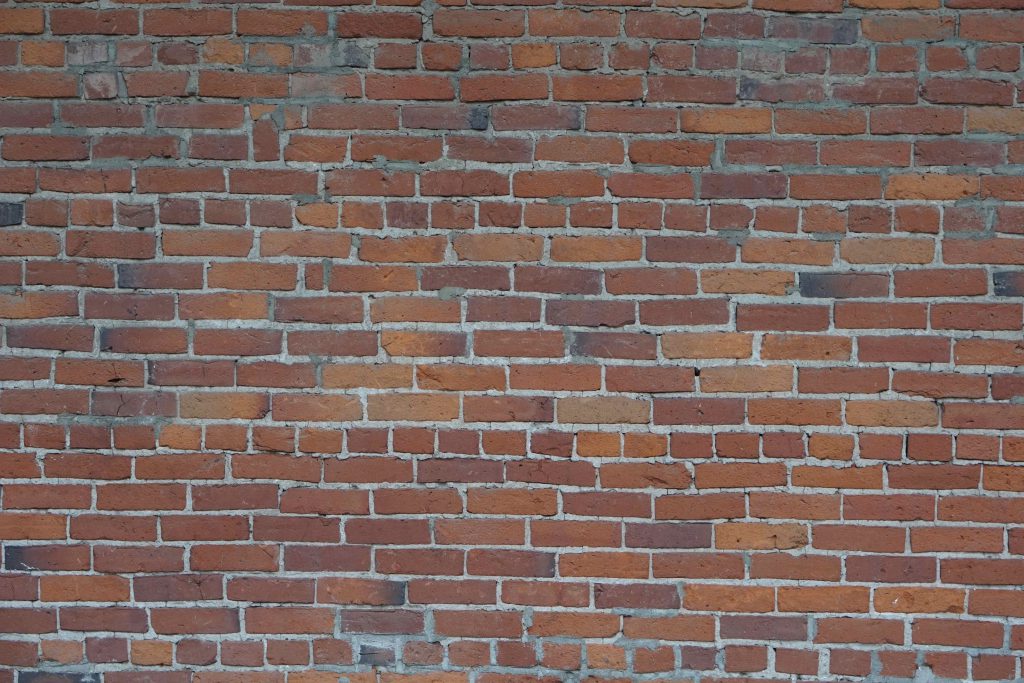Shared walls, often found between two adjoining properties, can be a source of many questions for homeowners. Whether it divides two homes or two gardens, understanding the legalities and responsibilities associated with these walls is crucial. Let’s delve into the nuances of shared walls in Belgium and clarify common misconceptions.

What is a shared wall?
A shared wall, or "mur mitoyen" as it’s known in French, is a wall that separates two adjacent properties. At the outset, it’s essential to note that such walls can be either shared (mitoyen) or private (privatif). They can also be partially shared or partially private. In simple terms, if both neighbors co-own the wall, it’s considered shared. However, this isn’t always the case. The rights and obligations associated with the wall vary depending on its legal status, making it vital to ascertain this status.
Shared or private?
Typically, a wall’s status is specified in documents like an authentic deed, a property title, or even a court judgment. If not, the Belgian Civil Code provides two presumptions of shared ownership:
1. Any separating wall between two buildings is presumed shared up to the "héberge" (the demarcation between the part of the wall separating the two structures and the part serving only the taller structure).
2. Any wall separating courtyards and gardens is presumed shared.
However, there’s no presumption of shared ownership for a wall separating a building from a garden or courtyard. In such cases, the wall is private to the building it supports. But property titles can sometimes override this general rule.
Can you build on a shared wall?
Traditionally, for houses with two or three facades, it’s generally accepted that the first builder must erect a separating wall on the edge of their property. As highlighted by immobilierhainaut.be in their January 2023 article, construction recommendations suggest a minimum wall thickness of 30 cm. It’s crucial to understand that the first builder cannot prevent the new neighbor from using the shared wall. Similarly, if the second builder doesn’t use the wall, they can’t undertake any work on it without the first builder’s permission.
In practice, any new construction on an existing shared wall requires the consent of the concerned owners and must adhere to the local urban planning rules. Additionally, one must seek permission from the local municipality, accompanied by professionally drafted plans. The municipal authorities will ensure the project aligns with the prevailing urban planning rules and will subsequently inform you of their decision.
Tip: Always consult an architect or your municipality’s urban planning department before starting any construction on a shared wall. This ensures your project’s compliance with current regulations.
Conclusion
Shared walls come with their set of complexities, rights, and responsibilities. While they offer opportunities for co-ownership and shared responsibilities, they also require mutual understanding and respect between neighbors. In Belgium, where historical charm meets modern infrastructure, understanding the intricacies of shared walls is essential for harmonious living. Before making any decisions related to shared walls, always seek expert advice and ensure you’re well-informed about the legalities involved.

 Open Immovlan
Open Immovlan